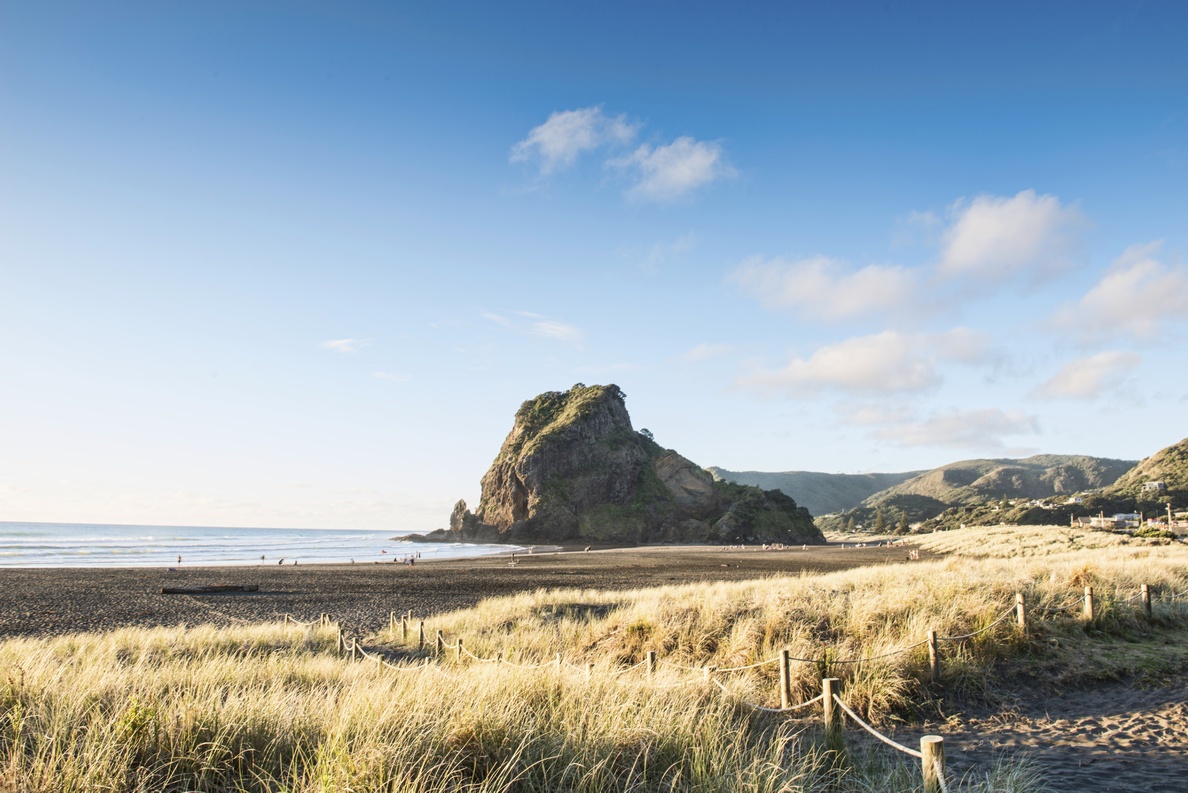Auckland region climate change projections and impacts. Revised September 2020
Author:
Petra Pearce, Rob Bell, Helen Bostock, and others, National Institute of Water and Atmospheric Research Ltd NIWASource:
Auckland Council Sustainability Office, NIWAPublication date:
2020Topics:
EnvironmentExecutive summary
Auckland’s climate is changing, and these changes will continue. It is internationally accepted that human greenhouse gas emissions are the dominant cause of recent global climate change, and that further changes will result from increasing amounts of greenhouse gases in the atmosphere. The rate of future climate change depends on how fast greenhouse gases increase.
Auckland Council and Council-Controlled Organisations commissioned NIWA to analyse projected climate changes for the Auckland Region and potential impacts of climate change on some of Auckland’s environments and sectors. This report addresses expected changes for 21 different climate variables out to 2120, and draws heavily on climate model simulations from the Intergovernmental Panel on Climate Change (IPCC) Fifth Assessment Report. Potential climate change impacts on important environments and sectors in the Auckland Region are discussed.
Future climate changes are likely to be significant and will impact the entire Auckland Region. Using a mid-range projection, Auckland’s temperature is expected to increase by about 0.6°C by 2040 (compared to the late 20th century), 1.2°C by 2090, and 1.4°C by 2110. However, uncertainty about future concentrations of greenhouse gases in the atmosphere, and differences in the way each climate model responds to those concentrations, mean warming projections span a wide range: 0.5-1.2°C by 2040, 0.3-3.3°C by 2090, and 0.4-4.0°C by 2110. Changes to extreme temperatures are likely, with the number of hot days (days > 25°C) in Auckland projected to double by the early 22nd century under a mid-range climate change scenario and more than triple under a business-as-usual scenario. The entire Auckland Region is projected to be frost-free by 2110 under a business-as-usual climate change scenario.
The seasonal distribution of rainfall is projected to change markedly in Auckland. It is likely that spring rainfall will decline and autumn rainfall will increase, but annual total rainfall may not change significantly. Extreme rainfall is likely to increase in the Auckland Region because a warmer atmosphere can hold more moisture. In addition, drought is projected to become more common and more severe in Auckland due to changing rainfall patterns and temperature increases. Winds are projected to decrease in the region. There is also uncertainty about the number and characteristics of ex-tropical cyclones which may affect Auckland.
These changes are likely to have significant impacts on different environments and sectors within the Auckland Region. Rainfall and temperature changes may result in drier soils and changes to river flow (both low flows and floods), as well as an increase in the occurrence of slips. Uptake of increasing atmospheric CO2 by the oceans is causing ocean acidification, impacting ocean productivity and the development of marine species. Increasing sea surface temperature is likely to encourage non-native marine species to establish and proliferate in Auckland. Sea-level rise will have major impacts on Auckland’s coastal communities, infrastructure and habitats. Changes to air quality in response to climate change are likely to impact the health of Aucklanders. Indigenous biodiversity will be affected both directly by climate changes (e.g. drought and increased temperature) and indirectly by pests and habitat loss. Auckland’s biodiversity, primary industries and communities may be at risk from future biosecurity issues such as plant and animal pests as well as disease vectors such as mosquitos.
First published December 2017.
Revised January 2018.
Revised September 2020.
Note: Section 4.6 (Extreme, rare rainfall events) was updated in September 2020. At the time of original publication (early 2018) the final High Intensity Rainfall Design System (HIRDS) v4 report (Carey-Smith et al., 2018) had not been completed. Hence, revisions to this report were required to update some values that changed between the draft and final HIRDS reports. Some edits were also made to Section 1.3 (Downscaling methodology).
Auckland Council technical report, TR2017/030-3
